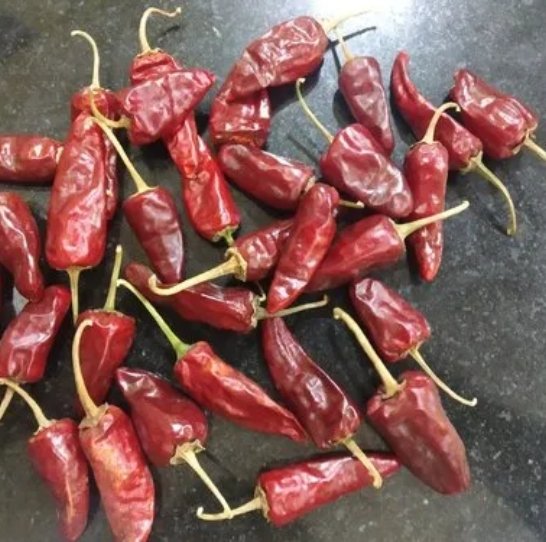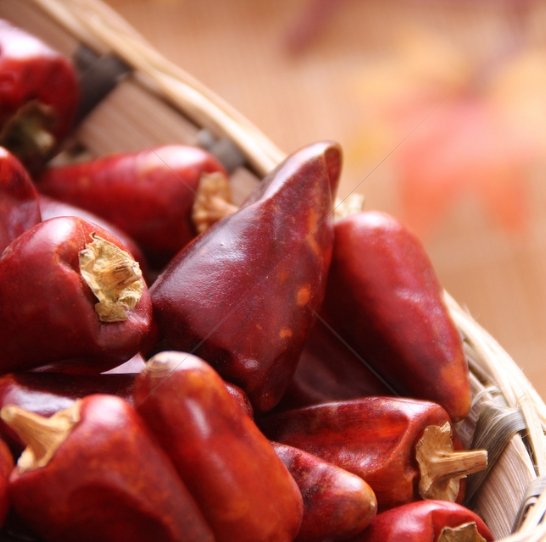
Harmal chilli
- Unique Fragrance:
- Known for its strong, pleasant odor due to the oils it produces.
- The fragrance is influenced by the sandy soil and climate of Ganjam, Odisha.
- Primarily used to flavor food, and its cultivation requires special skills.
- Characteristics of the Plant:
- DNA studies show the flower has consistent characteristics across the Ganjam region.
- The genetic makeup is stable, with no major differences between populations.
- Chromosomes and DNA content are uniform throughout the region.
- Harmal chilli is grown in the warm and humid climate of Pernem, especially in lateritic soil with a pH value of 5.5 to 6.5.
- The plant produces small to medium-sized chillies with a length of 2.7 to 3.7 cm and a diameter of 1.1 to 1.4 cm.
- It is known for its high pungency, with a capsaicin content of 0.18% and a heat level of 28,200 SHU.
- The chilli is used in various dishes such as chicken xacuti, fish masala and garam masala, giving them a strong flavour, colour and heat.


- It is traditionally grown in the Rabi season after the Kharif paddy, with cultivation starting in December and harvesting from April to May.
- Farmers dry the chillies in the sunlight and grind them into powder, which is in great demand in the kitchen and in spice blends.
- Harmal chilli contains important minerals such as potassium, magnesium, calcium and iron, which makes it not only nutritious but also tasty.
- Due to its strong stem and non-wrinkled texture, the chilli keeps well and can be stored for a long time.
- The chilli is labelled with a geographical indication (GI), which recognises its unique characteristics and its connection to the village of Harmal. – It has been traditionally grown for over 200 years, supporting local farmers and contributing to the Goa market.